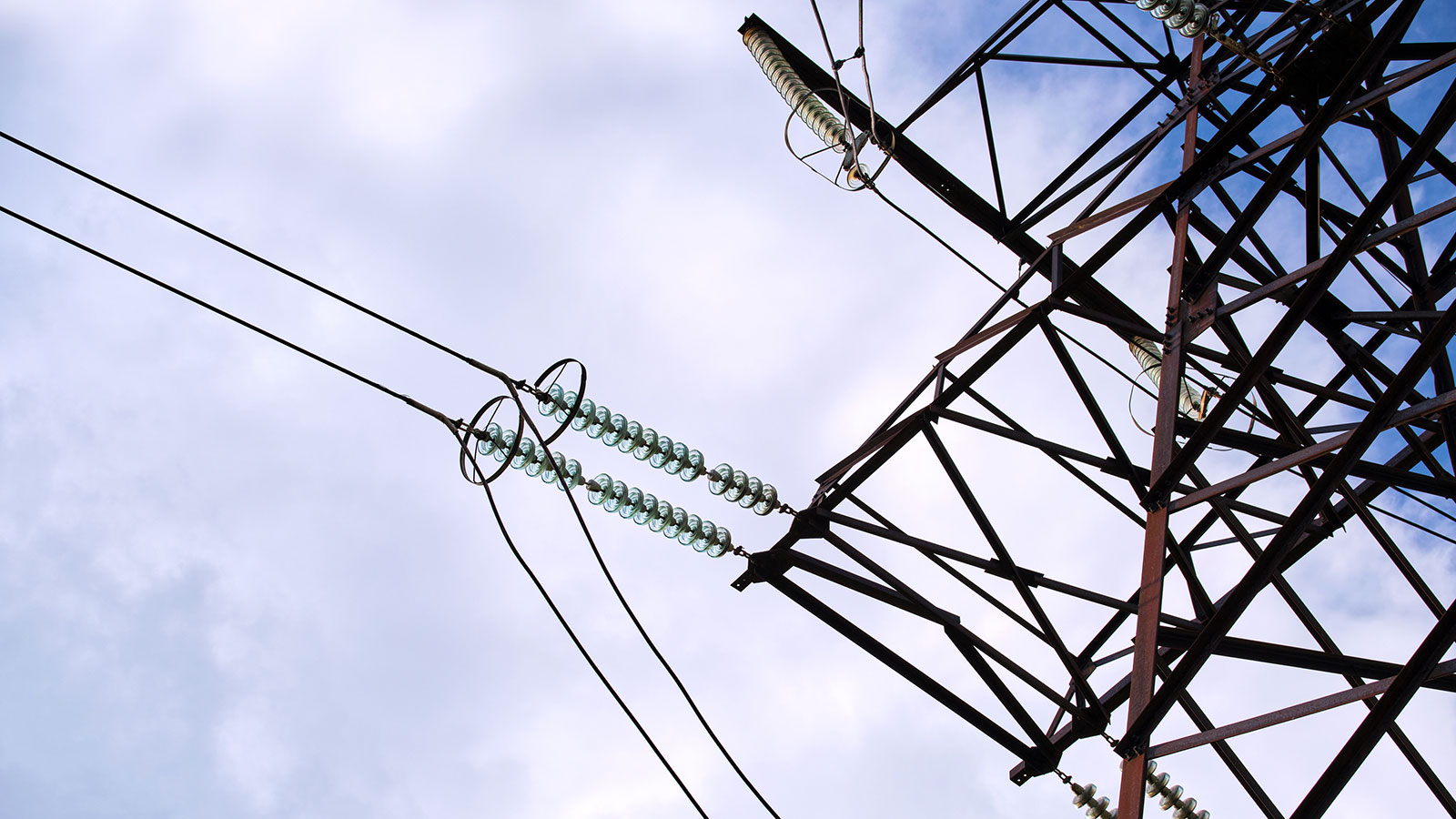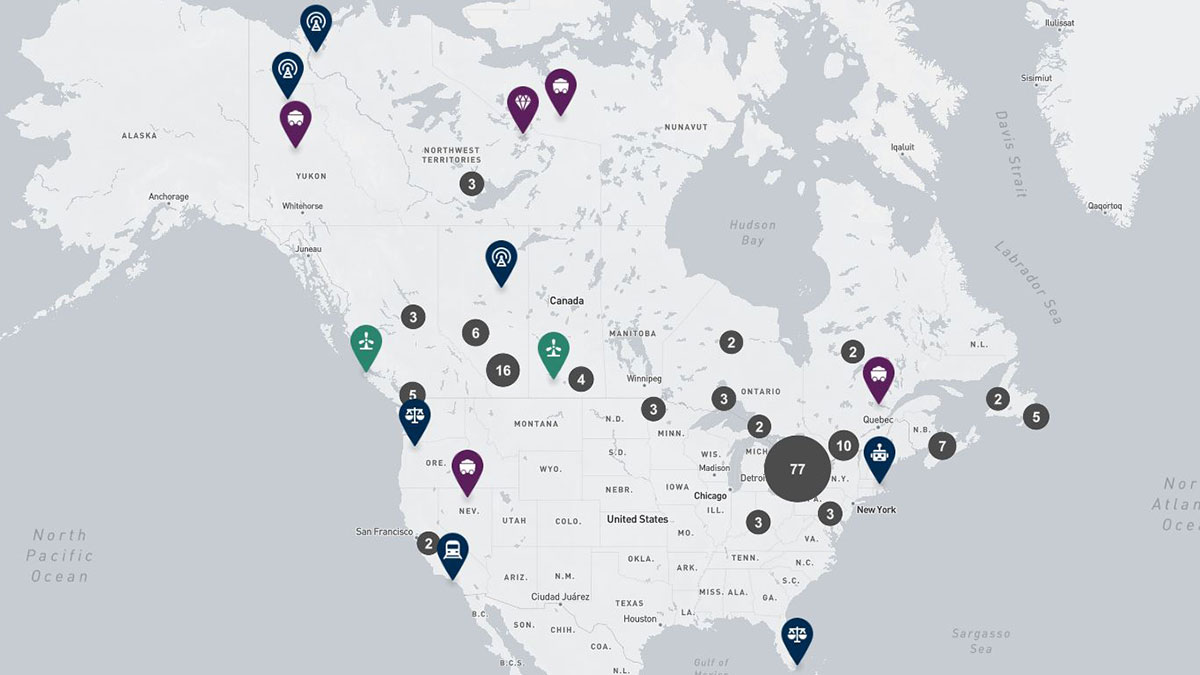Speakers
With climate risk shaping the energy sector’s agenda, regulators are stepping up to a generational mix of challenges. In this video, Charles Keizer explains how utilities, developers, public authorities and other industry participants can adapt.
Charles discusses:
- what the race to net-zero means for utilities and consumers
- how governments can better support new energy industries
- how to think about distributed energy resources
- why Canada’s power system must shift perspective from north-south to east-west
Click here to see other videos in this series.
Charles Keizer (00:19): Regulators in Canada have typically employed the traditional rate regulated model, but we're now being faced with an important need given net zero, as well as the condition of distribution and transmission assets. Electrical systems have aged and require refurbishment. Unless they're refurbished, they can't effectively be able to deal with the significant demand that we placed upon them as we move to electrification of our economy for the important goal of getting to net zero. At the same time, we have to build resilient systems in order to deal with climate change. All of this results in capital requests before regulators, which come at a significant cost, and that would have to be passed to rate payers. Regulators need to embrace even more so incentive-based regulations that are not just based upon suppression of costs and a drive to productivity, although those are important goals. What must happen is that there are incentive-based regimes that enable utilities to channel their resources to accomplish these important social and economic results. Based upon this, if regulators have a flexible view as to how we approach regulation, then these things can be accomplished, including the fact that regulators need to be able to be open to bespoke forms of regulation, such as what was employed when we developed the regulatory structure for the Wataynikaneyap Project, which enabled us to deliver energy to [currently] 16 First Nations communities in Northern Ontario.
Charles Keizer (02:02): Consumers and utilities are going to be faced with the need to establish an appropriate balance as we move towards an emissions-free environment. At the one hand, we have to deal with the electrification of the economy and capital growth, as well as the fact that we're going to have to build out a significant amount of generation to accommodate the electrification of our economy.All of that's going to result in costs both for the ratepayer and taxpayers. The result is that regulators are going to have to figure out a way to incentivize that, but also to enable unregulated practices to become more of a means by which utilities can actually carry out their business as well as on the regulated side. This has to be recognized that there is an energy spectrum that exists within the delivery of electricity that includes from behind the meter, right through to the generation point. And both regulated and unregulated businesses will have to be employed in order to bring about the appropriate level of electrification at an economic, reasonable basis. Obviously though, this has to be against a backdrop of the fact that we need economic growth as well to absorb those costs. But this struggle to strike a balance will be fundamental for the success of the electrification of our economy.
Charles Keizer (03:28): It's important to recognize that distributed energy resources are not an end in themselves. They are part of the overall energy mix, and it's important to find a place for them and to figure out how we actually enable them to work within a regulated and unregulated environment. So, for example, it's entirely possible you could have a storage facility that provides reliability to a distributed electrical system that's regulated, but also at the same time provides a direct benefit to customers. That spectrum of what is regulated and what is not regulated, and what is direct customer benefit and what is the utility's benefit, has to be sorted out by the regulator to ensure that distributed energy resources actually have a place. If we find that place, then utilities, I believe, will have the ability to bring about greater levels of distributed energy resources in our electrical system.
Charles Keizer (04:33): One of the key considerations is interconnections Canada's energy, particularly electricity environment, is based upon a regional and provincial focus. The problem that creates is that we lack scale to be able to deal with base resources and to leverage those base electrical needs. Interconnections between regions will facilitate the use of those base energy resources—this is particularly important as we move to net zero in order to leverage large assets such as nuclear and major hydroelectric projects. Without those interconnections, we're not able to use them effectively and acquire a level of scale necessary to make things economically viable. We're effective within Canada in building North-South connections between Canada and the United States with various international power lines, and they need to continue for our own reliability. But to ensure Canada as a viable entity going into net zero, interconnections between provincial and regional areas will become fundamentally important. Thanks very much for your time and attention, and for more information, go to our website www.torys.com.
Get to know our Projects practice

Publication
Learn more about our team
See how our Energy Regulatory team brings strategic direction and deep industry engagement to its work with the full spectrum of industry participants.

Mandat
See an example of our energy regulatory work
Learn how we helped 24 First Nation communities and a leading power utility fund a 1,725 km transmission line by creating a unique rate framework for the award-winning Wataynikaneyap Transmission Project.
28 oct. 2019

Explore our work by type and region
Visit our new interactive Project Map to see a cross-section of projects we’ve advised on in Canada, the U.S., and beyond.
Inscrivez-vous pour recevoir les dernières nouvelles
Restez à l’affût des nouvelles d’intérêt, des commentaires, des mises à jour et des publications de Torys.
Inscrivez-vous maintenant
